WHAT IS PICKLEBALL?
What is Pickleball? It’s a sport that blends elements of tennis, badminton, and table tennis and has rapidly gained popularity in Australia, captivating enthusiasts with its unique blend of strategy and accessibility. This article presents the basics of pickleball for beginners, providing a clear and engaging overview of how to play pickleball and what makes it such an appealing activity for people of all ages. Whether you’re looking to understand the fundamental rules and equipment or simply why pickleball is becoming a fast favourite across australia, you’re in the right place.
The Origins of Pickleball: From Backyard Fun to Global Phenomenon
Pickleball was born in 1965 on Bainbridge Island, Washington, when three dads—Joel Pritchard, Bill Bell, and Barney McCallum—improvised a game to entertain their families. Using ping-pong paddles, a wiffle ball, and a lowered badminton net, they created a sport that quickly evolved into the dynamic game we know today. 
Why is Pickleball so Popular in Singapore?
Several factors contribute to the growing popularity of pickleball in Singapore -
- Accessibility - The sport requires minimal equipment and can be played almost anywhere with a suitable court.
- Social aspect - Pickleball is often played in doubles, promoting social interaction and making it a great way to meet new people.
- Age-friendliness - The game's easy-to-learn nature and moderate intensity make it suitable for players of all ages and fitness levels, such as seniors as previously mentioned.
- Year-round play - Singapore's warm climate allows for year-round play, further enhancing its appeal.
Pickleball Court Layout
A pickleball court is the same size as a doubles badminton court and measures 20×44 feet. In pickleball, the same court is used for both singles and doubles play. The net height is 36 inches at the sidelines and 34 inches in the middle. The court is striped similar to a tennis court with right and left service courts and a 7-foot non-volley zone in front of the net (referred to as the “kitchen”). Courts can be constructed specifically for pickleball or they can be converted using existing tennis or badminton courts.
How to Play Pickleball for Beginners
Pickleball is considered an easy-to-learn sport, even for those unfamiliar with other racket sports. Here's a comprehensive guide to equip you with the knowledge and basic skills to step onto the court with confidence -
Equipment -
- Choose a paddle that feels comfortable in your hand and is appropriate for your height and playing style. Beginners can typically start with a lighter paddle for better control.
- Use a pickleball ball, which is lighter and has holes compared to a tennis ball.
- Wear comfortable clothing and athletic shoes that allow for quick movement and support on the court.
Basic Gameplay -
- The Serve - Pickleball uses an underhand serve. Stand behind the baseline and diagonally serve the ball into the opponent's service court (the diagonally opposite area from you). The serve must bounce once before the receiving team can return it.
- Double Bounce Rule - After the serve, both teams must allow the ball to bounce once on their side of the court before volleying (hitting it in mid-air). This rule applies to all players, except for the serving team in the non-volley zone (kitchen).
- Non-Volley Zone (Kitchen) - The area closest to the net on both sides is called the non-volley zone or "kitchen." Players are not allowed to volley the ball while standing in the kitchen. They can only play the ball after it bounces.
- Volleying and Groundstrokes - Once the ball has bounced on both sides, players can volley it (hit it in mid-air) or play groundstrokes (hit the ball after it bounces).
- Scoring - Only the serving team can score points. A point is awarded to the serving team if the receiving team fails to return the ball, commits a fault (e.g., double fault, volleying in the kitchen, hitting the ball out of bounds), or hits the ball into the net.
- Game Format - Games are typically played to 11 points, with a win requiring a two-point advantage to prevent long and drawn-out games.
Additional Rules and Reminders While Playing -
- Common faults include -
- Double Fault - Failing to serve the ball correctly twice in a row.
- Foot Fault - Having your foot on or over the baseline when serving.
- Volley in the Kitchen - Hitting the ball in the air while standing in the non-volley zone.
- Communication - Effective communication with your partner in doubles is crucial for coordinating shots and strategies.
- Sportsmanship - Maintain good sportsmanship throughout the game, respecting your opponents and celebrating good plays on both sides.

The greatest aspect of pickleball is that this sport can be so easy to pick up, inexpensive, social and healthy. There is endless opportunity with this sport for individual improvement, development of fundamentals and improving technique. There are many people in the past that have written-off pickleball that now can't get enough of it, playing daily for hours at a time.



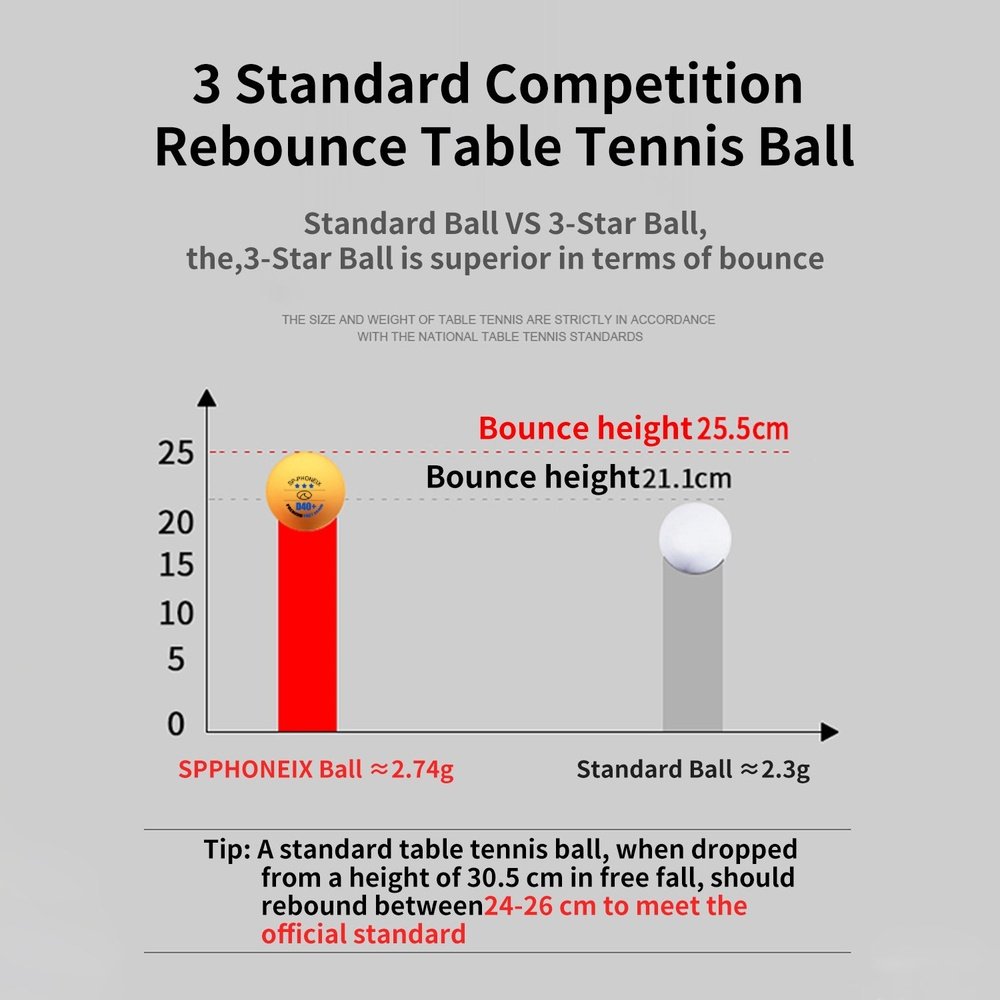
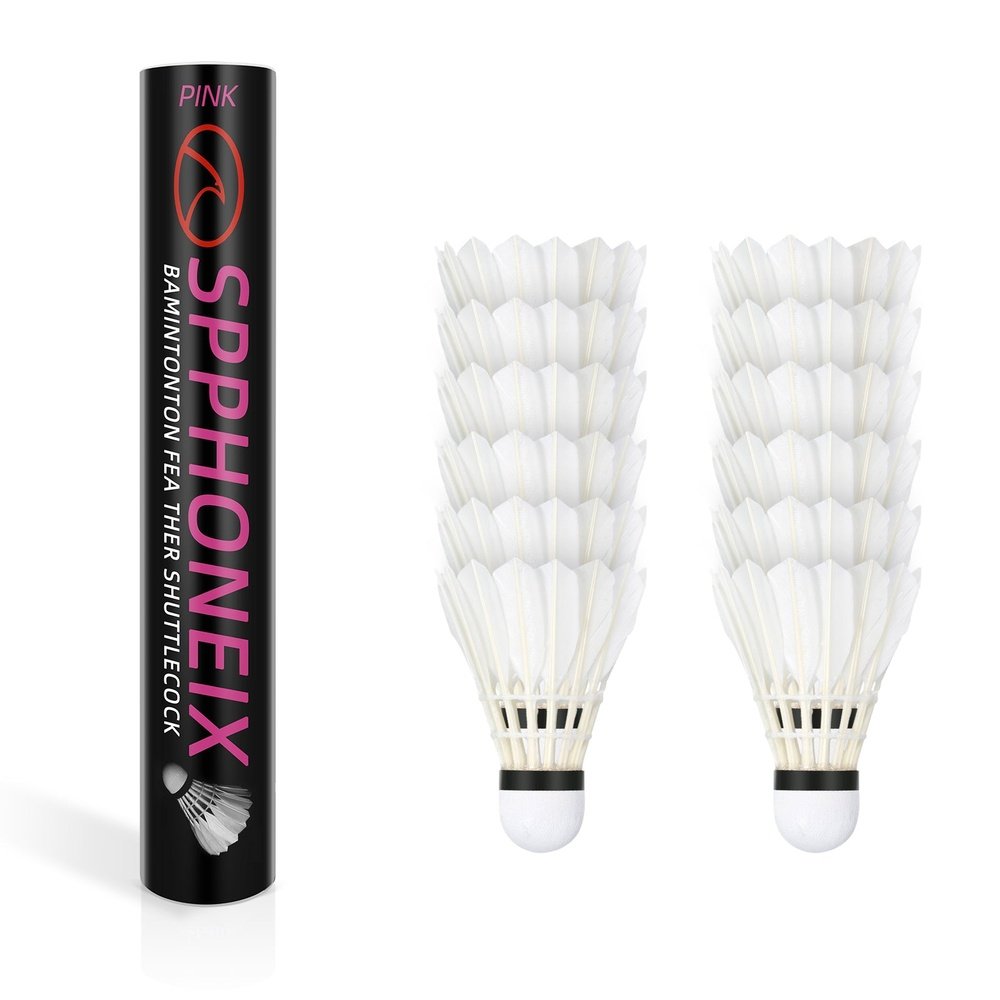
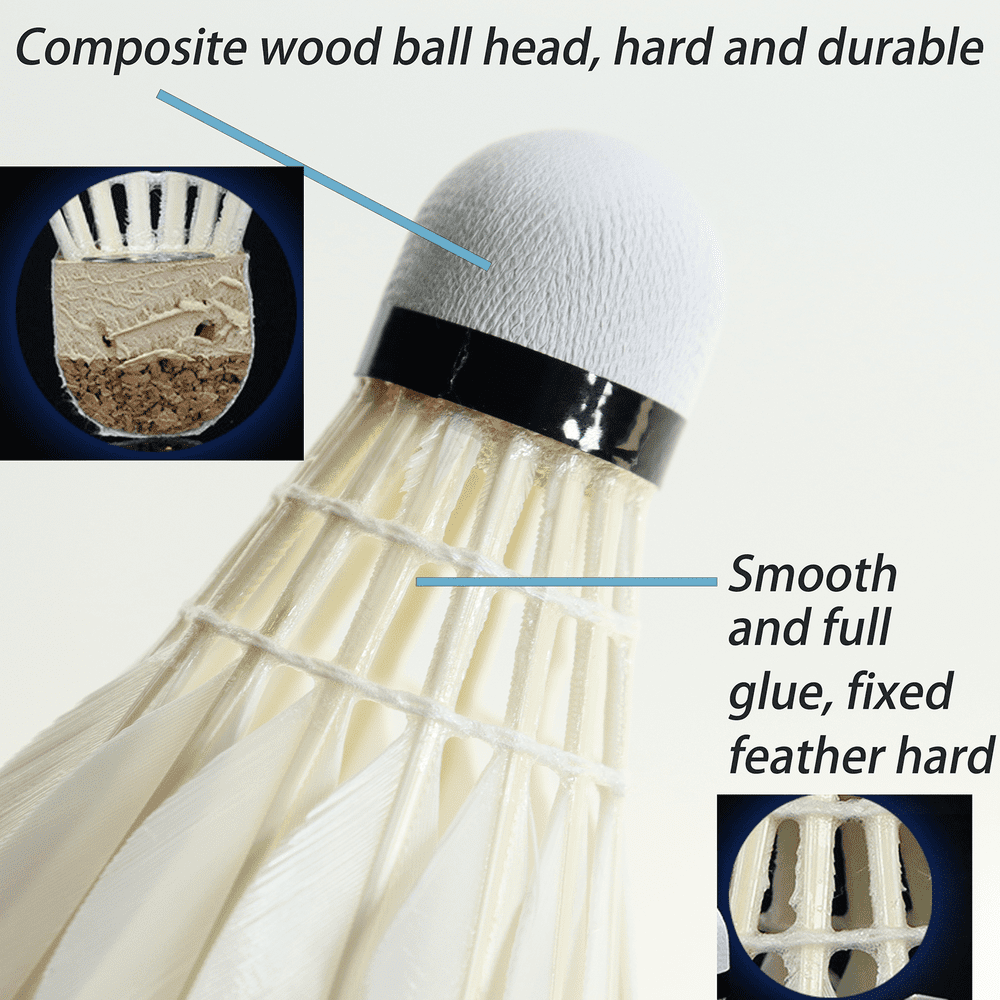
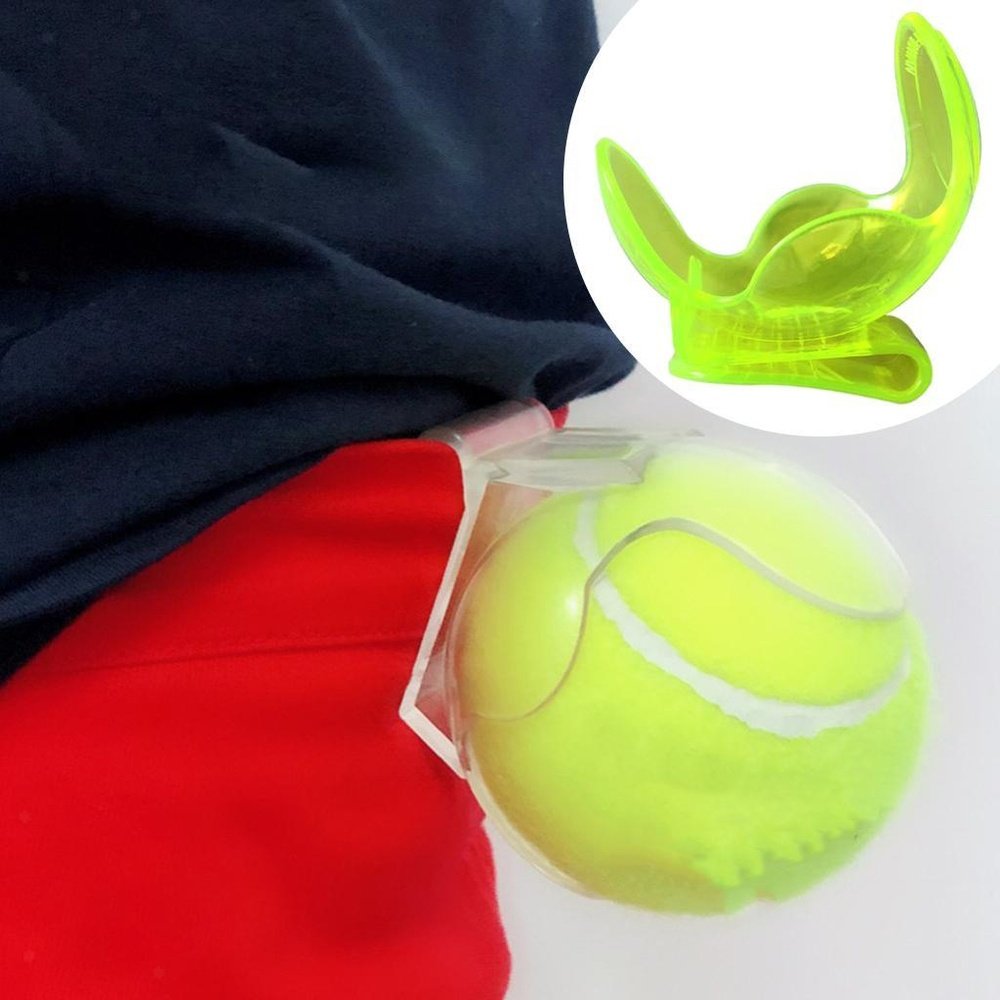
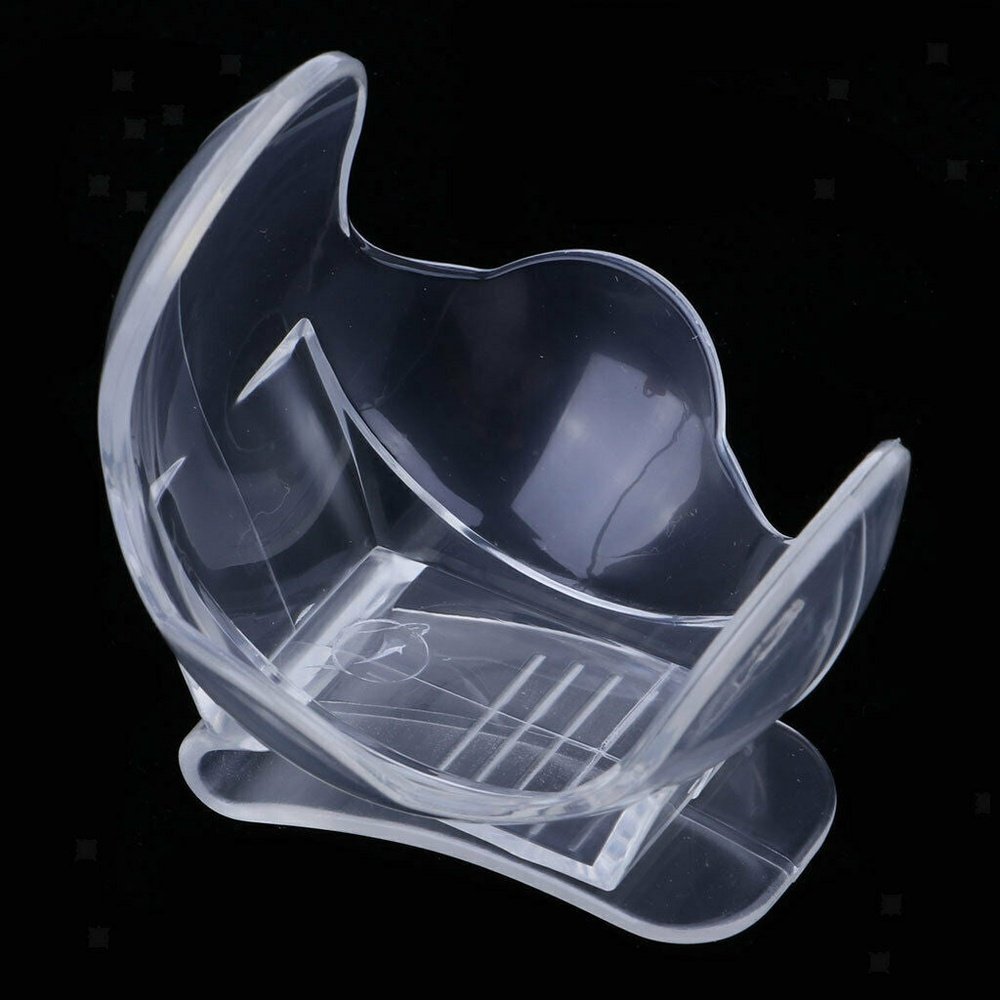
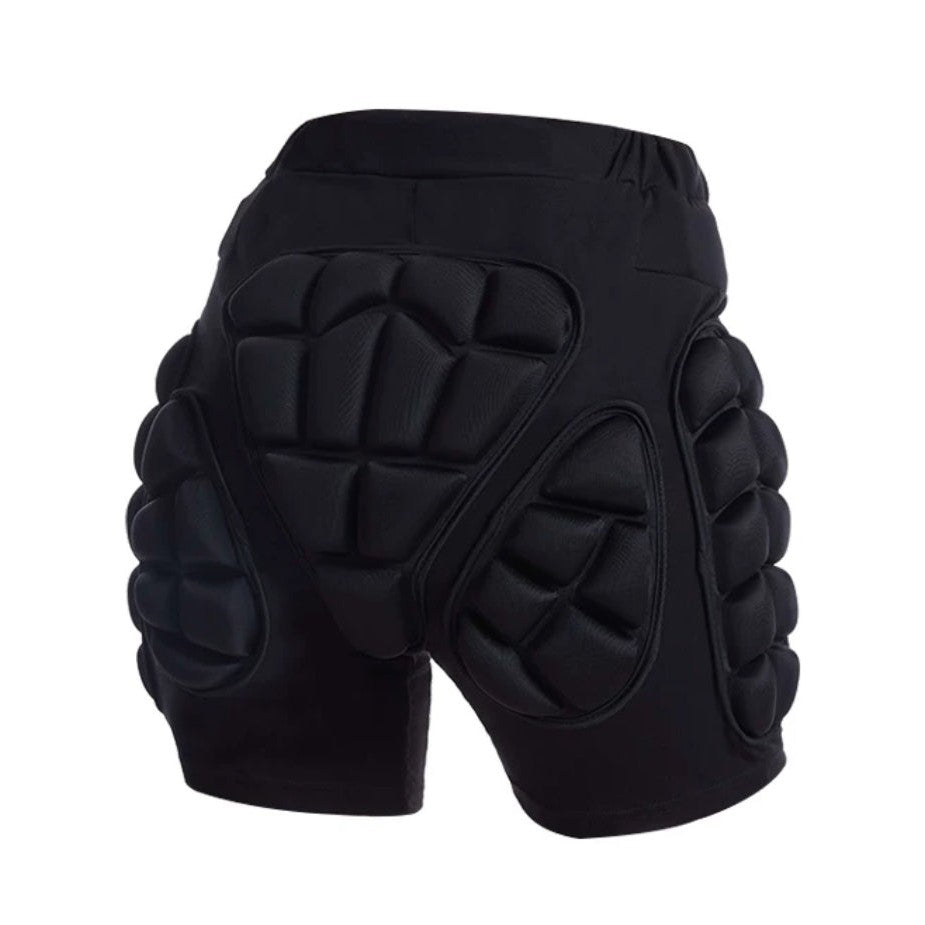
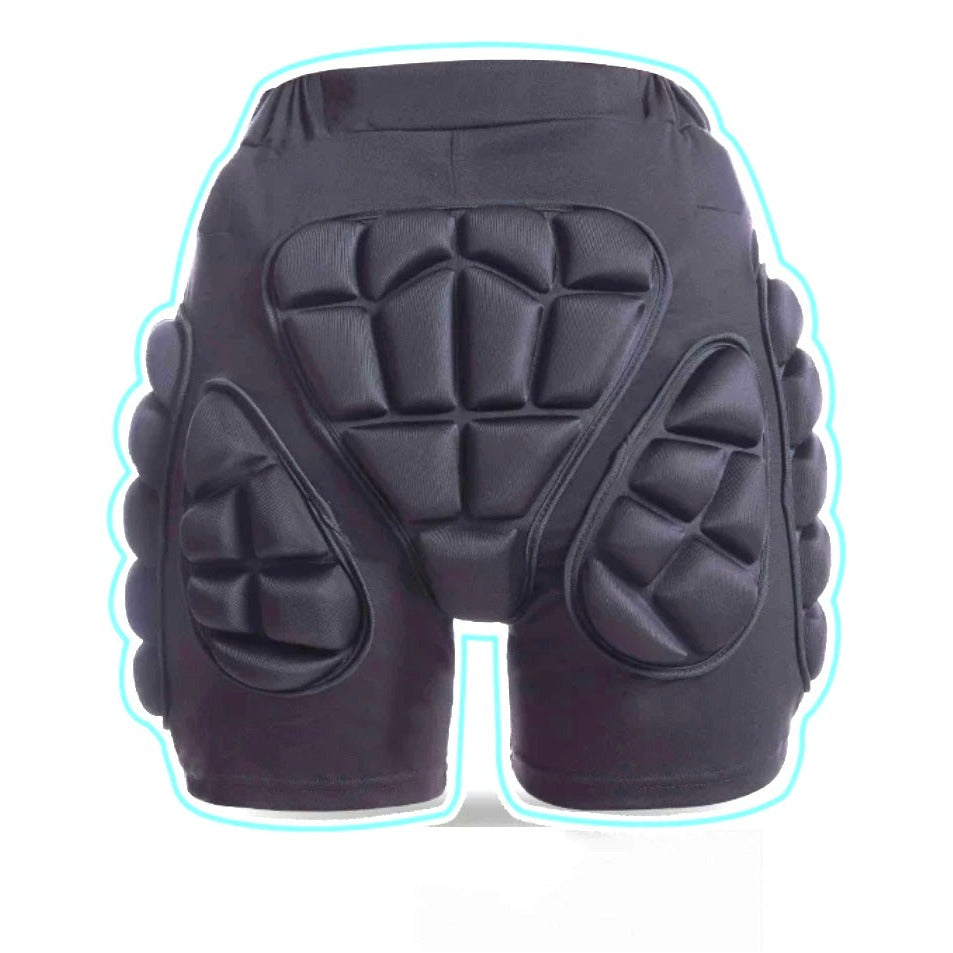
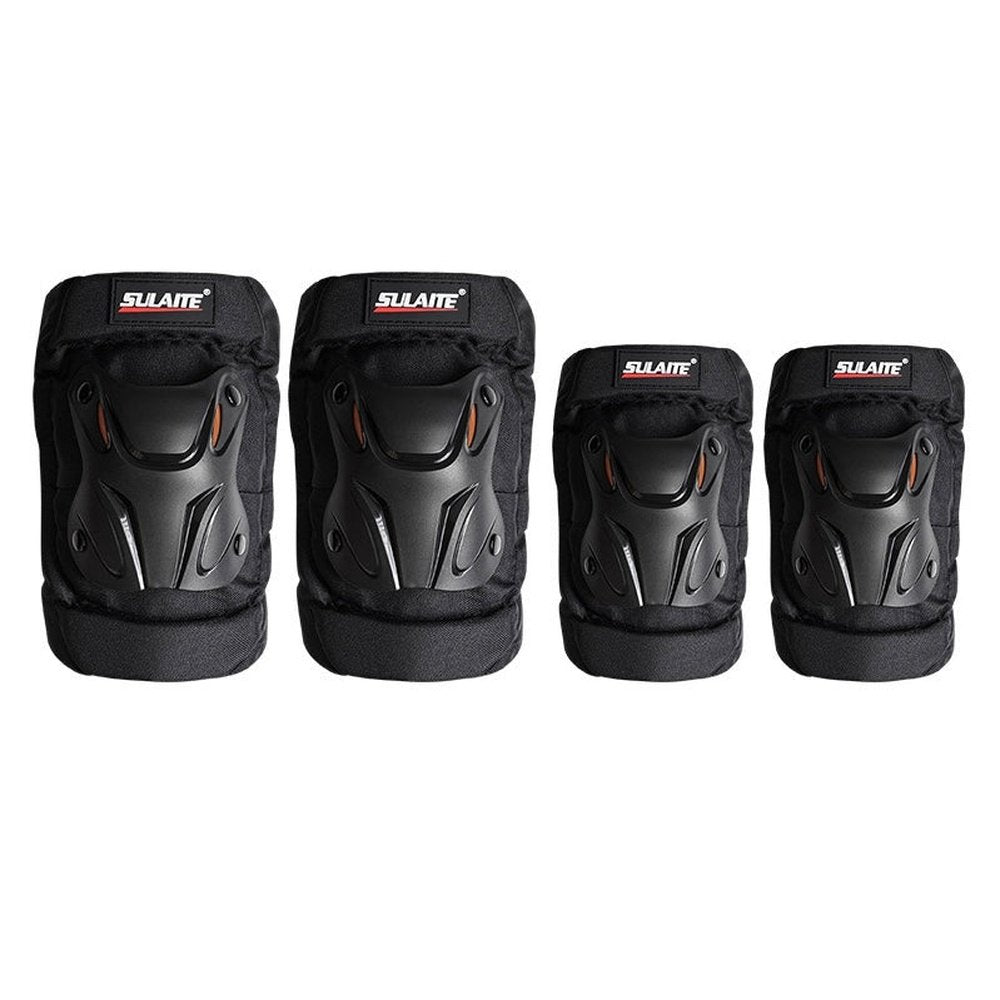
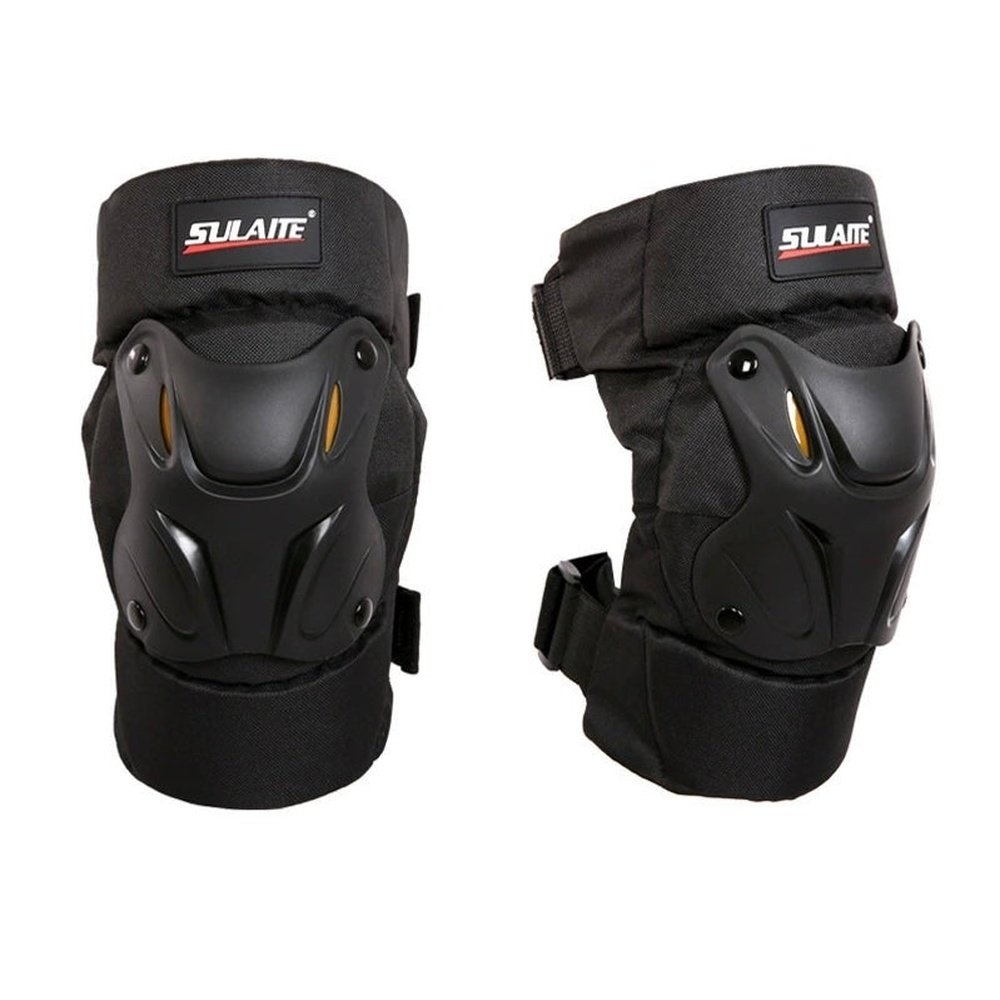
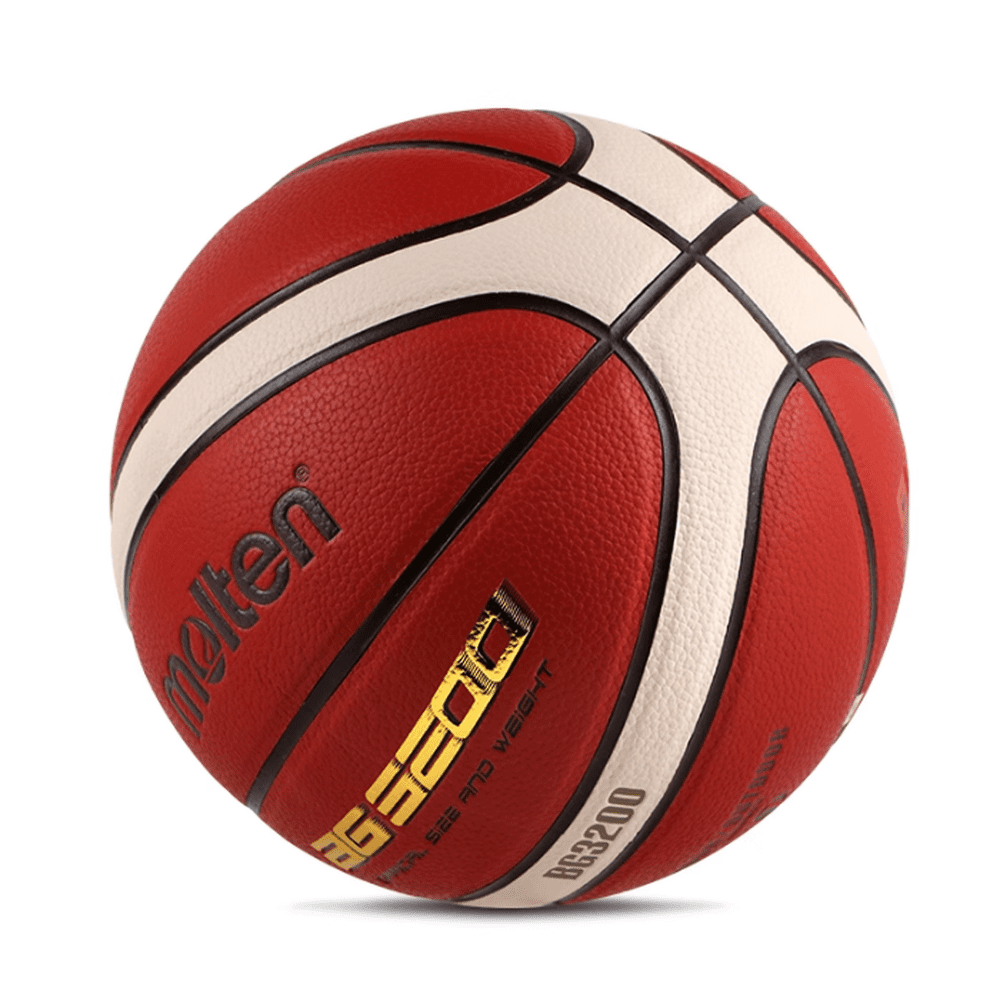
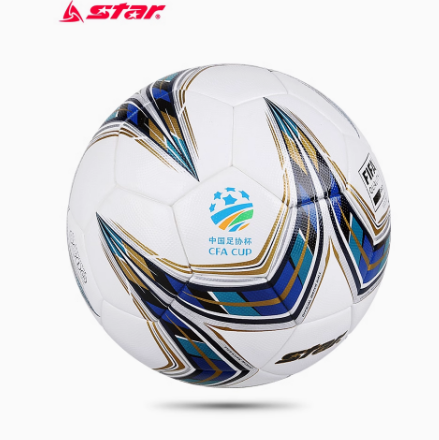
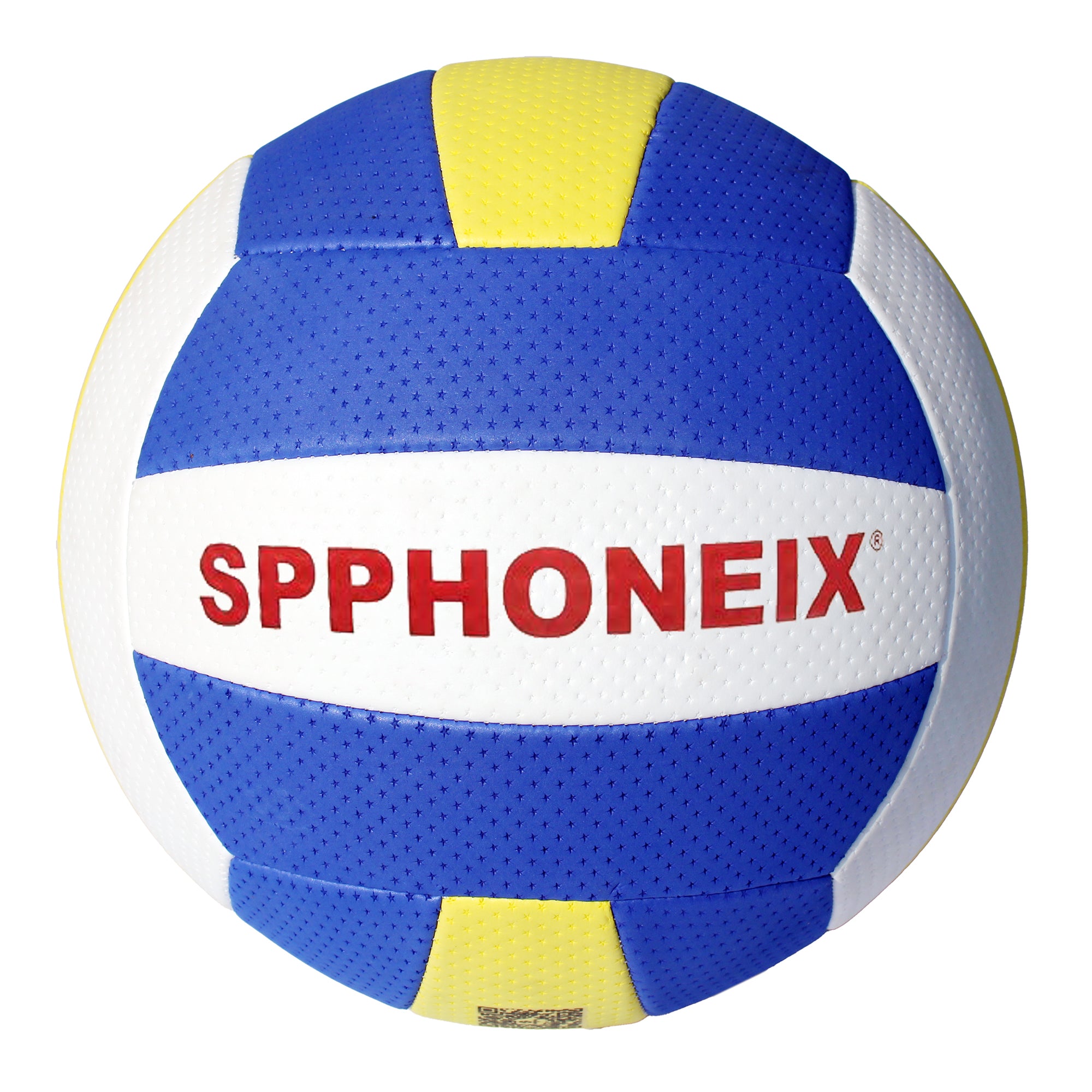
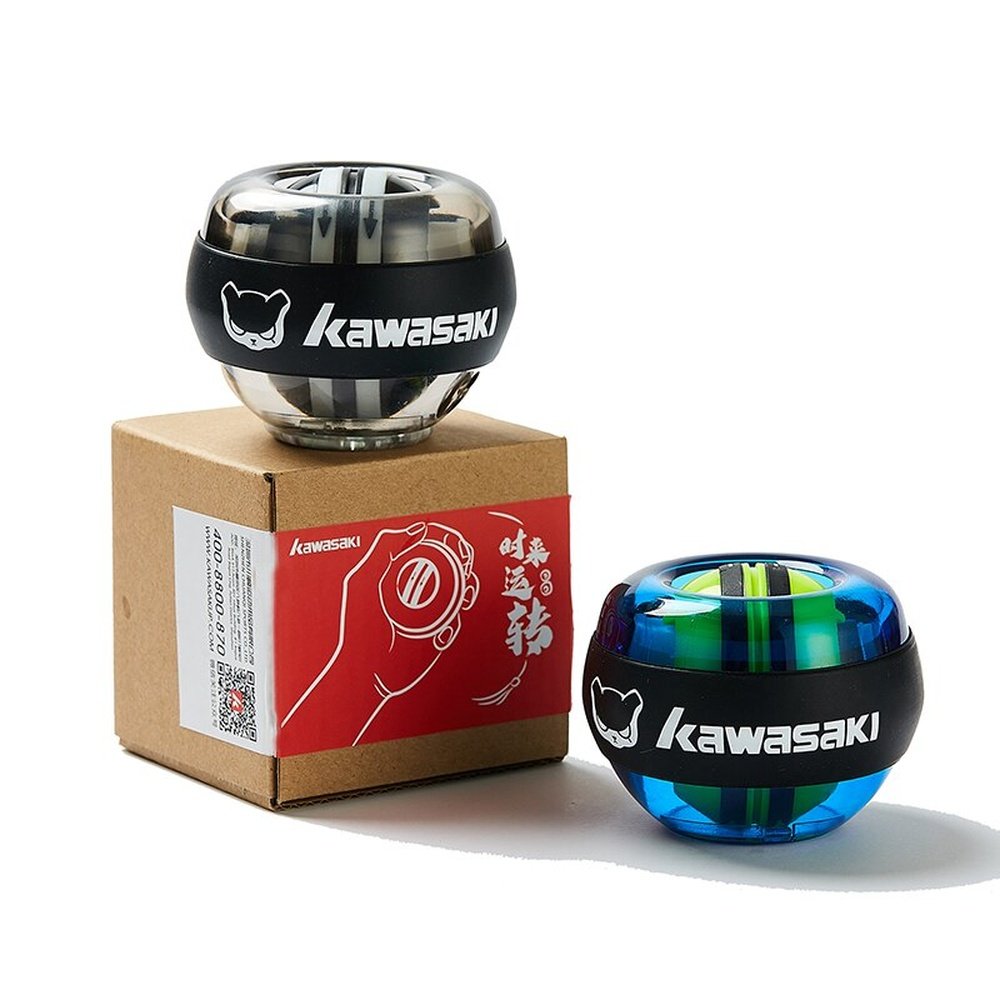
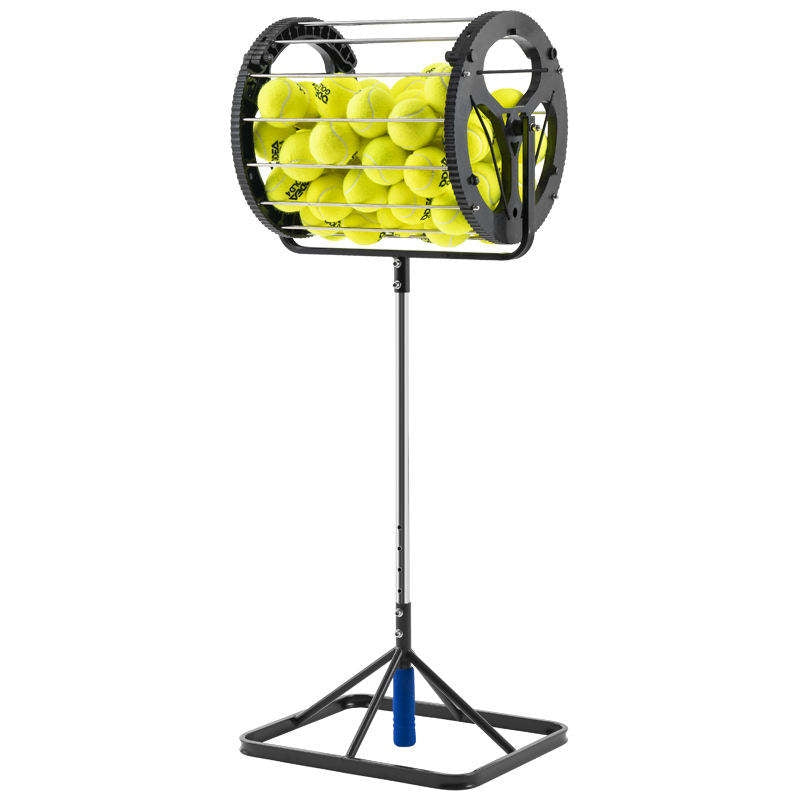
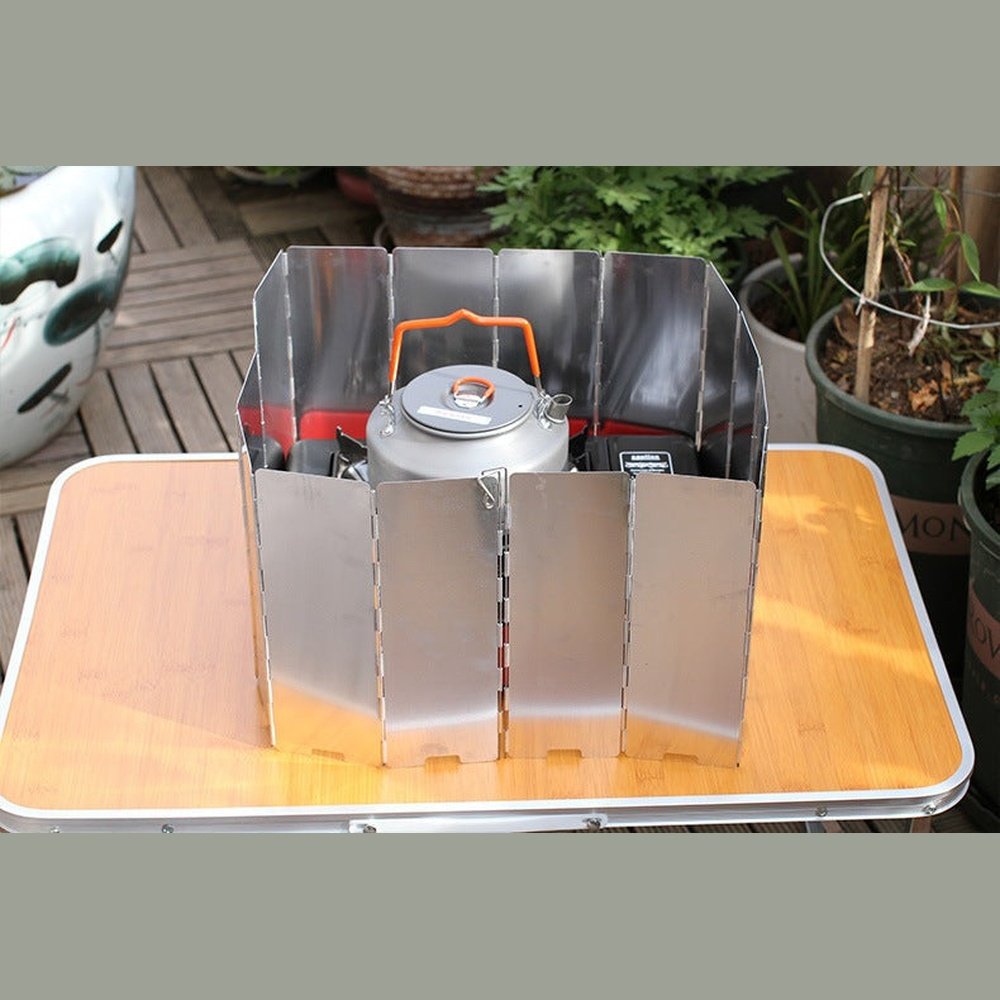
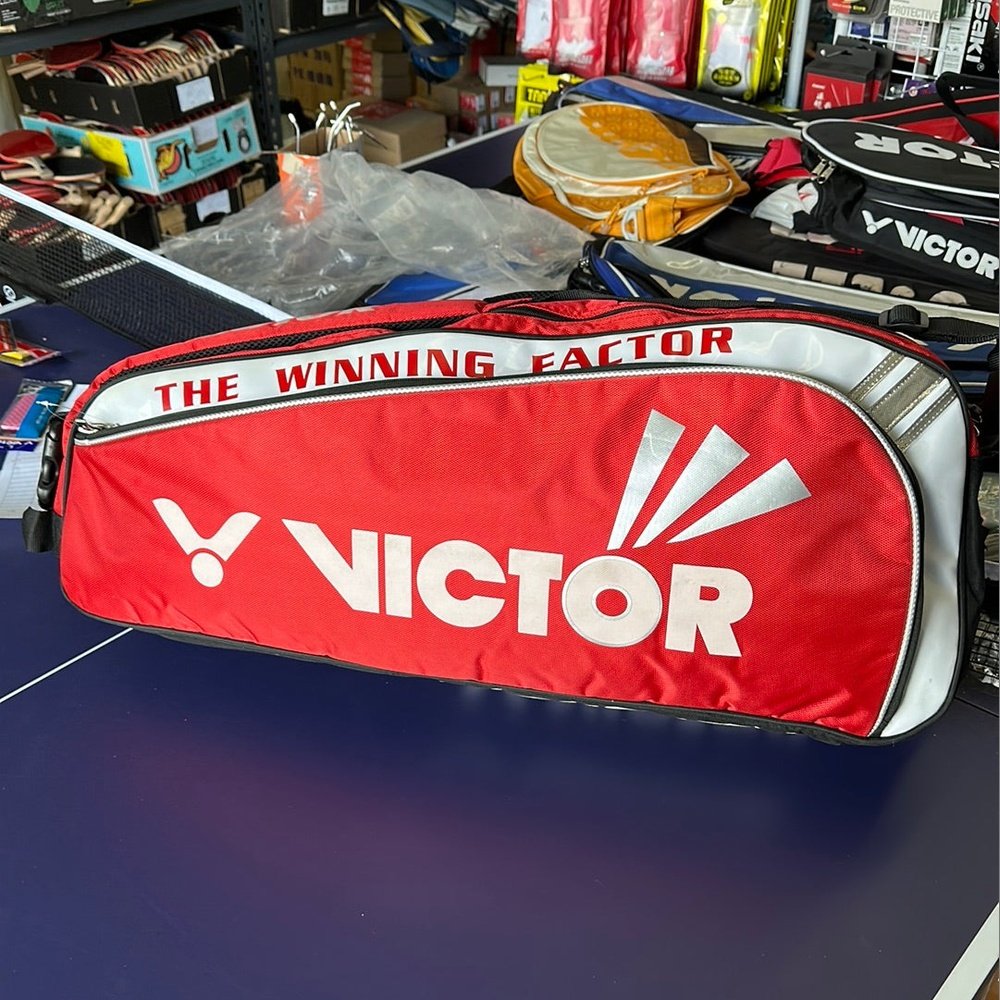
Leave a comment